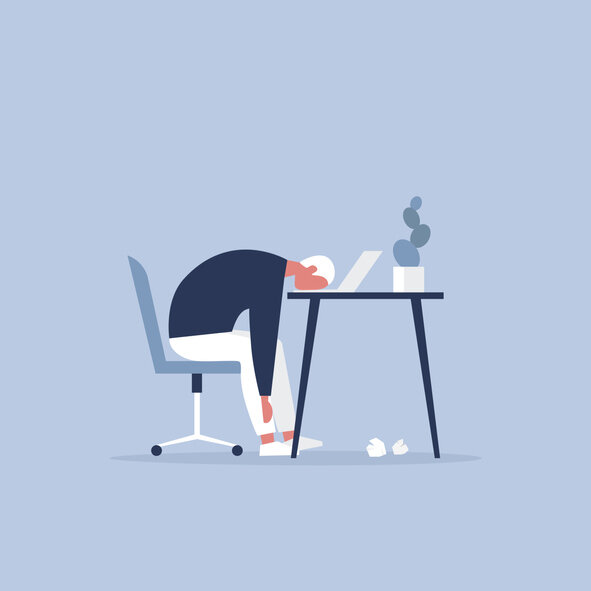For years, it has been known that sedentary life brings health problems. The World Health Organization considers sedentariness as a public world health problem. Even so, in the United States, sedentariness keeps increasing: Adolescents spend, on average, 8.2 hours per day seated.
A study published this year in The Lancet Psychiatry investigated the effects of sedentary life on young people. Researchers analyzed 4257 adolescents, ages 12 to 16, over six years. The study found that beyond the cardiovascular problems that sedentariness causes, sitting for a long time also causes mental health issues.
Researchers argue that there are many studies focused on the benefits of physical activity on young people’s mental health but not on the effects that lack of exercise can have on their health. The study found that young people who are inactive during adolescence have an increased risk of depression when they come of age. However, even walking, spending time on hobbies, or doing household chores for an hour daily from the age of twelve reduces depressive symptoms by 10% at age 18.
To conduct the experiment and measure the movement and activities of adolescents, the researchers asked teens to use an accelerometer for at least 10 hours over three days. The results helped to classify the physical movements of the participants. They were also given a clinical questionnaire to determine if they had depressive symptoms such as loss of pleasure, lack of concentration, and low moods.
During the monitoring, the study found that the level of activity of the adolescents declined as they got older. At age 12, the participants spent an average of seven hours and 10 minutes being active, while at age 16, the hours of activity decreased, and a sedentary lifestyle increased to an average of eight hours and 43 minutes a day.
Concerning their mental health, young people who spent a lot of time sitting showed 28.2% more depression at age 18. Besides, the researchers found that for every additional sedentary hour in their youth, the levels of depression increased as they came of age. The statistics for depression were: In adolescents aged 12, 11%; at 14 years, 8%; and at 16 years of age, 10.5%. In contrast, increasing physical activity by as little as one hour decreased depression by 9.6% if it started at the age of 12, by 7.8% if it started at 14, and by 11.1% if it began at age 16.
The authors of the study made a point to discuss the importance of investigating the impact that inactivity has on young people, mainly because it is rising, and so are the symptoms of depression. Hence, it is worrisome that there is not more research being done on the link between these two factors.
Spending more time on a simple activity like walking or riding a bicycle at an early age will not only prevent the health problems caused by being sedentary but also lessen mental health problems in adolescence and adult life.
This article from Observatory of the Institute for the Future of Education may be shared under the terms of the license CC BY-NC-SA 4.0 
)
)


)